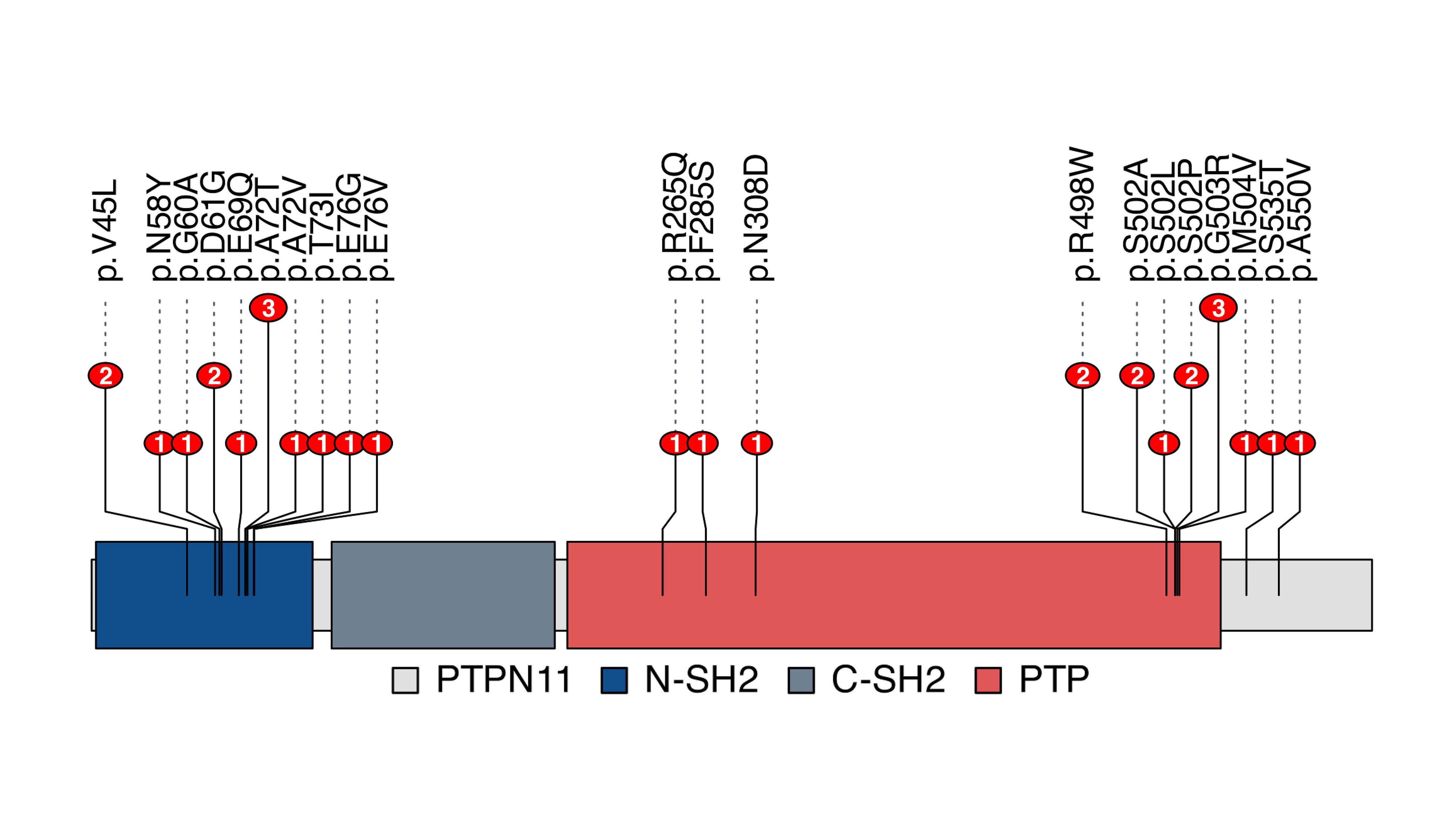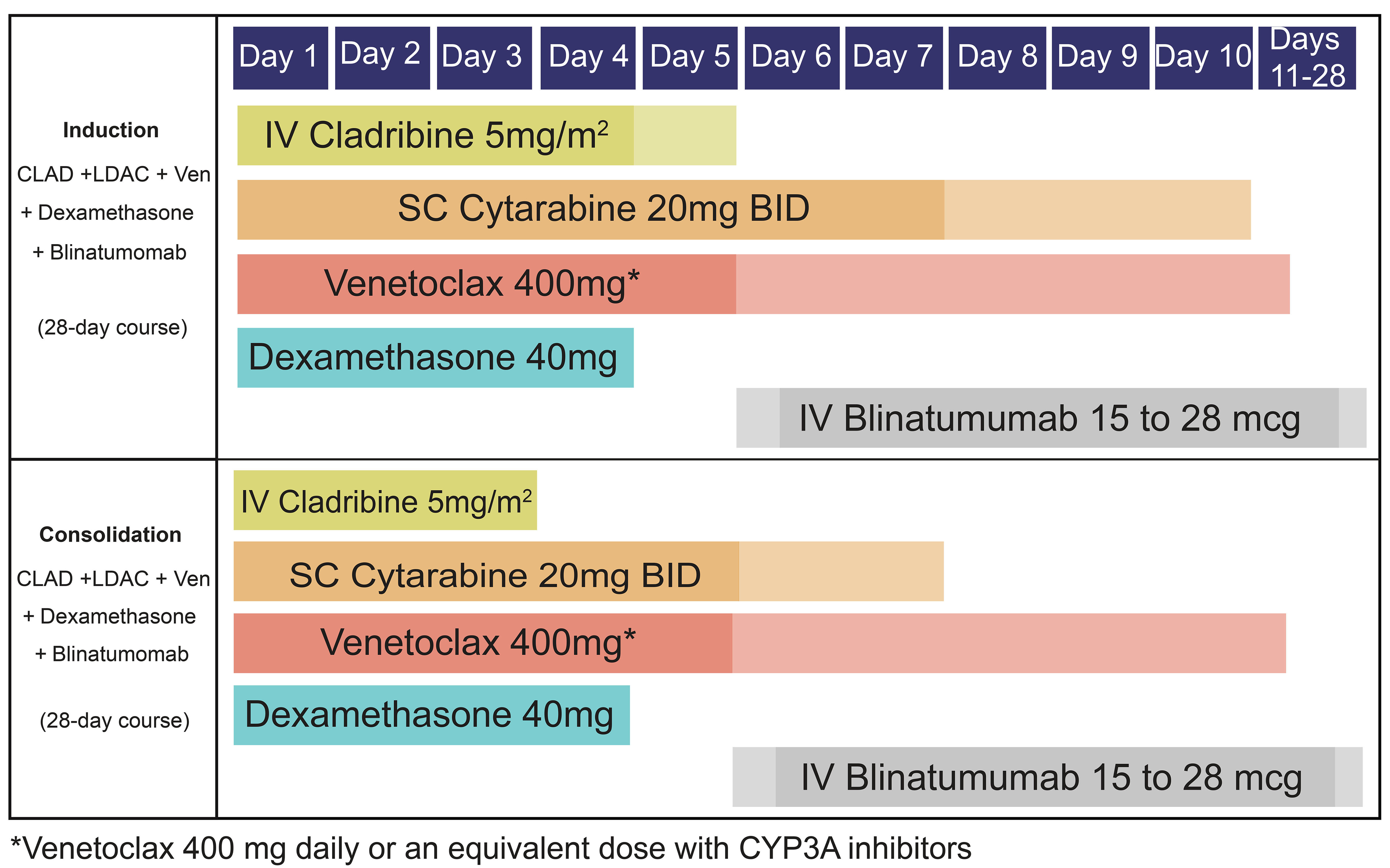CURRENT ISSUE
December, 2025
No. 110 (12)
2024 Impact Factor: 7.9
2024 Journal Citation Indicator: 1.9
2024 CiteScore: 11.3
2024 Journal Citation Indicator: 1.9
2024 CiteScore: 11.3
EDITOR'S PICKS
ARTICLES IN THREE SENTENCES

Article
Revised renal stratification and progression models for predicting long-term renal outcomes in immunoglobulin light chain amyloidosis
Renal survival in AL amyloidosis depends on several histopathological and laboratory parameters. At present, two independent staging systems categorize patients into three renal stages and predict outcome. Rauf and colleagues propose a revised four-stage renal stratification model outperforming previous models for predicting renal outcomes.

Letter
PTPN11 mutations define a rare but highly adverse subset of myelodysplastic syndromes
Mutations in the PTPN11 gene, which encodes a phosphatase involved in signaling pathways, occur in various hematologic disorders. Bazinet and colleagues investigated the role of PTPN11 mutations in a retrospective cohort of more than 1,700 patients with myelodysplastic syndromes (MDS). The findings demonstrate that PTPN11 mutations are associated with a rare but particularly aggressive subset of MDS, leading to poorer prognosis and treatment responses.

Article
Elevated 5-HTR7 deteriorates dysregulated megakaryocytopoiesis in immune thrombocytopenic purpura via upregulating the PKA/Orai1/ERK1/2 pathway
Recent studies suggest that defects in megakaryocytopoiesis may contribute to the development of immune thrombocytopenic purpura (ITP). Zhou and colleagues investigated the impact of 5-hydroxytryptamine receptor-7 (5-HTR7) on megakaryocyte maturation in ITP. Results show that the elevation of 5-HTR7 in megakaryocyte from patients with ITP leads to impaired megakaryocytopoiesis via the PKA/Orai1/ERK1/2 pathway.

Letter
Lower-intensity chemo-immunotherapy with cladribine, low-dose cytarabine, venetoclax and blinatumomab produces high response rates in patients with BCR::ABL1-negative B-cell/myeloid mixed phenotype acute leukemia
Mixed phenotype acute leukemia (MPAL) is a rare and aggressive disease with poor outcome and no established standard therapy. Azevedo and colleagues investigated a lower-intensity regimen, combining cladribine, cytarabine, venetoclax, and blinatumomab. They showed high response rates and durable remissions, suggesting it may offer an effective and less toxic alternative to conventional intensive chemotherapy for BCR::ABL1-negative B-cell/myeloid MPAL.
TAKE ADVANTAGE FROM HAEMATOLOGICA





